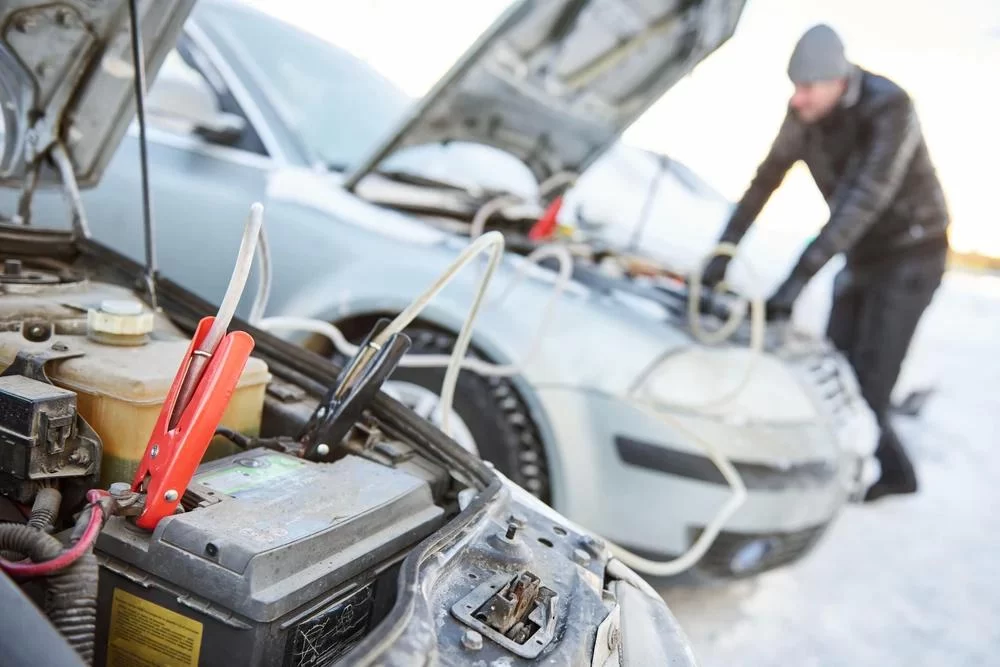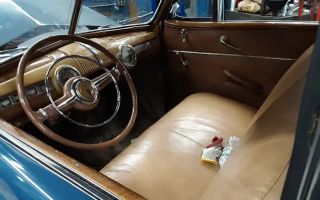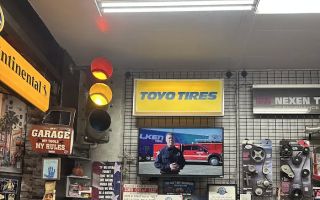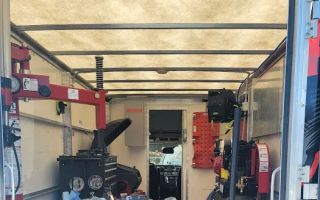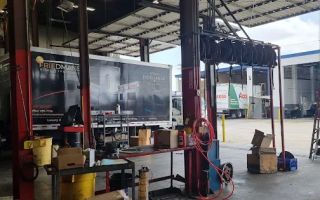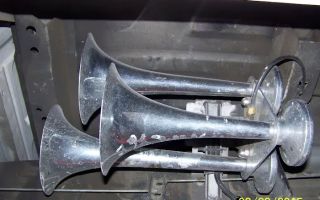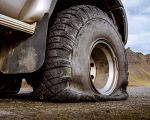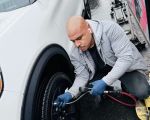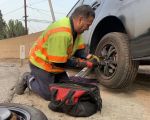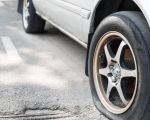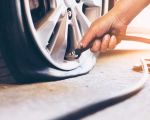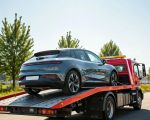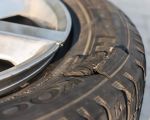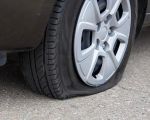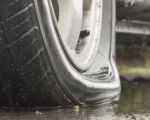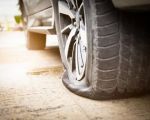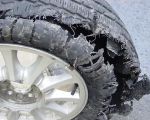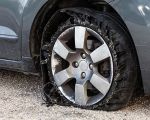Should I Drive My Car Immediately After a Jumpstart?
There’s nothing quite like the sinking feeling when you turn the key (or press the start button) and your car’s engine refuses to start. Whether you’ve left the lights on overnight or your battery is simply worn out, getting a jumpstart can be a lifesaver. But once your car has been jumpstarted, there’s an important question to consider: should you drive it immediately? Over the years, I’ve faced this dilemma a few times, and in this article, I’ll walk you through the process of what you should do after jumpstarting your car and why driving it right away might not always be the best option.
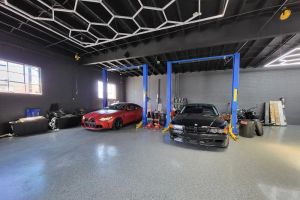
Drive Car Studio
8765 Bradley Ave, Sun Valley, CA 91352, USA
1. What Happens During a Jumpstart?
First things first, let's briefly look at what happens during a jumpstart. When you jumpstart your car, you're essentially connecting your car's dead battery to a working battery (from another car or a jump box). This allows the power from the healthy battery to flow into your dead battery, providing enough charge to get your engine running again. Once the engine is running, the alternator takes over, providing power to your car’s electrical system and slowly recharging the battery.
But here's the catch: while a jumpstart can get your car moving, the battery doesn’t necessarily receive a full charge right away. The alternator may need some time to recharge the battery fully, and this is where things can get tricky.
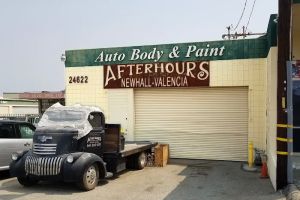
After Hours Auto Body
24622 Pine St, Newhall, CA 91321, USA
2. Can I Drive Immediately After a Jumpstart?
The short answer is: it depends. In most cases, driving your car immediately after a jumpstart is fine, but there are some important factors to consider before you hit the road. When I’ve had my car jumpstarted, I always consider the following before driving:
1. How Long Was the Car’s Battery Dead?
If your car’s battery has been completely dead for a long time (for example, you left your lights on overnight), driving immediately after a jumpstart may not give the battery enough time to recharge fully. In this case, it’s better to let the car idle for a few minutes after the jumpstart to give the alternator a chance to provide some charge before you drive. If the battery was only slightly drained (like from a short trip), then it’s usually fine to drive right away.
2. Is the Battery Old or Weak?
Another consideration is the condition of your battery. If your battery is old or weak, a jumpstart may provide only a temporary solution. The alternator may not be able to recharge an aging or failing battery properly, which means you could run into more issues on the road. I’ve learned that it’s often better to replace an old battery before problems arise. If the battery is weak and you need to rely on it after a jumpstart, it’s a good idea to drive for at least 30 minutes to give the alternator a better chance to recharge it fully.
3. Are There Any Other Electrical Issues?
If your car’s battery isn’t the only issue and there are problems with your alternator or electrical system, driving right after a jumpstart might be risky. The alternator’s job is to recharge the battery while the car is running, and if the alternator isn’t working properly, the battery could drain again, leaving you stranded. I’ve had this happen to me once, and it’s always a good idea to get your alternator checked if you’re experiencing recurring jumpstart situations.
3. How Long Should I Drive to Recharge the Battery?
In my experience, the amount of time you should drive after a jumpstart depends on a few factors, including the state of your battery and how long it’s been drained. If you have a weak battery, the general rule is to drive for at least 20-30 minutes to give the alternator time to recharge the battery. This time will help the alternator gradually build up the charge, but if the battery is near the end of its life, you may need to replace it entirely.
However, if your battery is in decent shape, you might not need to drive for as long. I usually recommend driving for at least 15-20 minutes to make sure the alternator has time to provide enough charge. During this time, avoid using high-drain electrical components like air conditioning, headlights (unless it’s dark), or the stereo. These can take away power from the charging system and reduce the effectiveness of the battery recharge.
4. What If My Car Dies Again After a Jumpstart?
On a few occasions, I’ve had a jumpstart only to have the car die again shortly after. If this happens to you, it could mean that the battery wasn’t recharged properly during the drive, or it could indicate that the battery isn’t holding a charge at all. In some cases, a failed alternator or corroded battery terminals could be the culprit. Here’s what you can do:
- Try Jumpstarting Again: If the car dies after a jumpstart, you may be able to try jumpstarting it again and driving a bit longer to give the battery more time to recharge. However, if the car dies again shortly afterward, it’s likely that the issue is deeper.
- Check the Alternator: If the alternator isn’t charging the battery, you might find that your car won’t start again even after driving for a while. In this case, you’ll need to get your alternator checked and possibly replaced.
- Replace the Battery: If your battery is old, worn out, or simply not holding a charge, it’s time to replace it. I’ve replaced my battery several times over the years, and it’s one of the most common fixes for persistent jumpstart problems.
- Corroded Battery Terminals: Corrosion on your battery terminals can impede the flow of electricity, making it harder for the alternator to recharge the battery. If you notice any corrosion, you can clean the terminals with a mixture of baking soda and water, but if the issue persists, it’s time to seek help.
5. Should I Take My Car to a Mechanic After a Jumpstart?
If your car continues to have problems starting even after a jumpstart, or if it dies repeatedly after being started, it’s always a good idea to take it to a mechanic. A mechanic can diagnose the problem more thoroughly and check things like the alternator, the battery’s charge capacity, and the electrical system. I once had an issue with my alternator that I didn’t realize until I took the car in for a full check-up, so it’s always worth having a professional look over things if you’re unsure.
For those times when you’re stuck on the side of the road or need urgent help, you can always rely on roadside assistance. Services like Rescue & Towing can jumpstart your car and help you get back on the road. They’re quick, efficient, and reliable, especially when you need it most.
6. Preventing Future Battery Issues
Once you’ve dealt with the immediate jumpstart situation, it’s always a good idea to take steps to prevent future battery problems. Here are a few things I’ve done over the years to keep my car’s battery in good shape:
- Regular Battery Checks: Have your battery checked regularly to make sure it’s holding a proper charge. Most auto parts stores will do this for free, and it can save you from unexpected problems down the road.
- Keep Battery Terminals Clean: Corrosion on battery terminals can reduce the effectiveness of the battery and alternator. I clean my battery terminals every few months to avoid issues.
- Drive Regularly: If you don’t drive your car often, the battery can lose charge over time. I try to take my car for a short drive every week, especially in the winter months, to keep the battery charged.
In conclusion, whether you should drive your car immediately after a jumpstart depends on the condition of your battery, how long it was dead, and if there are any underlying electrical issues. While it’s usually safe to drive after a jumpstart, making sure the battery is fully recharged and ensuring that the alternator is working properly will help you avoid further issues. And if in doubt, don’t hesitate to reach out to a professional service like Rescue & Towing for further assistance.

